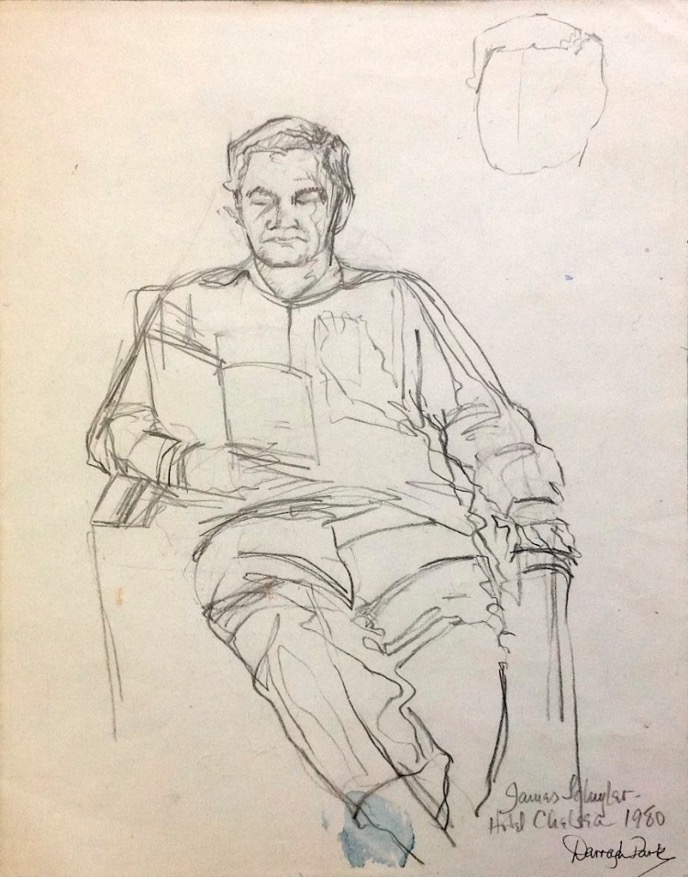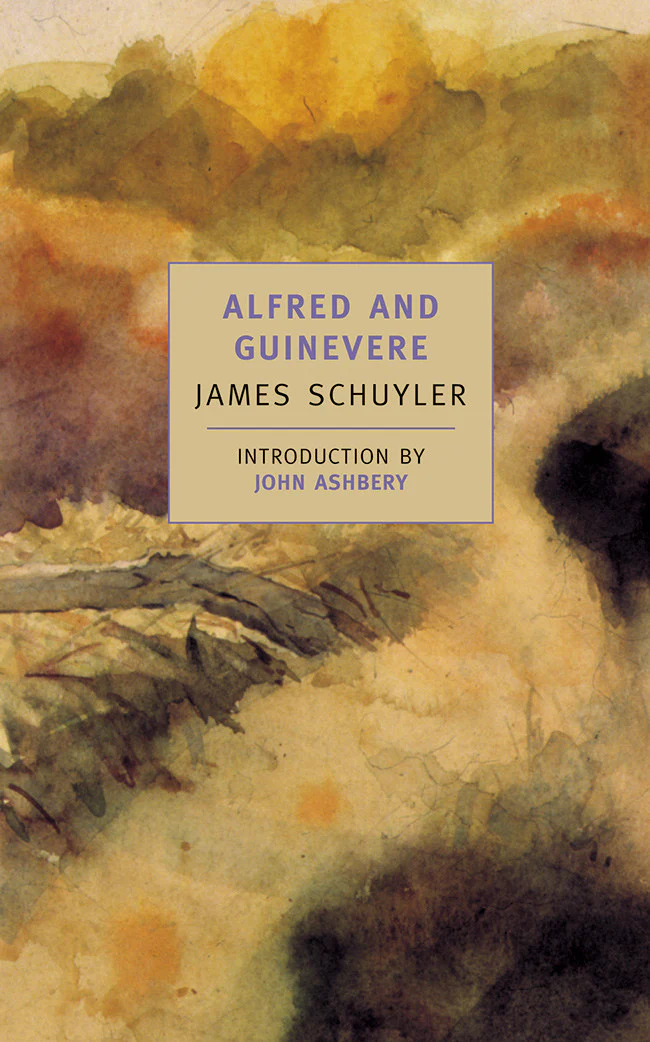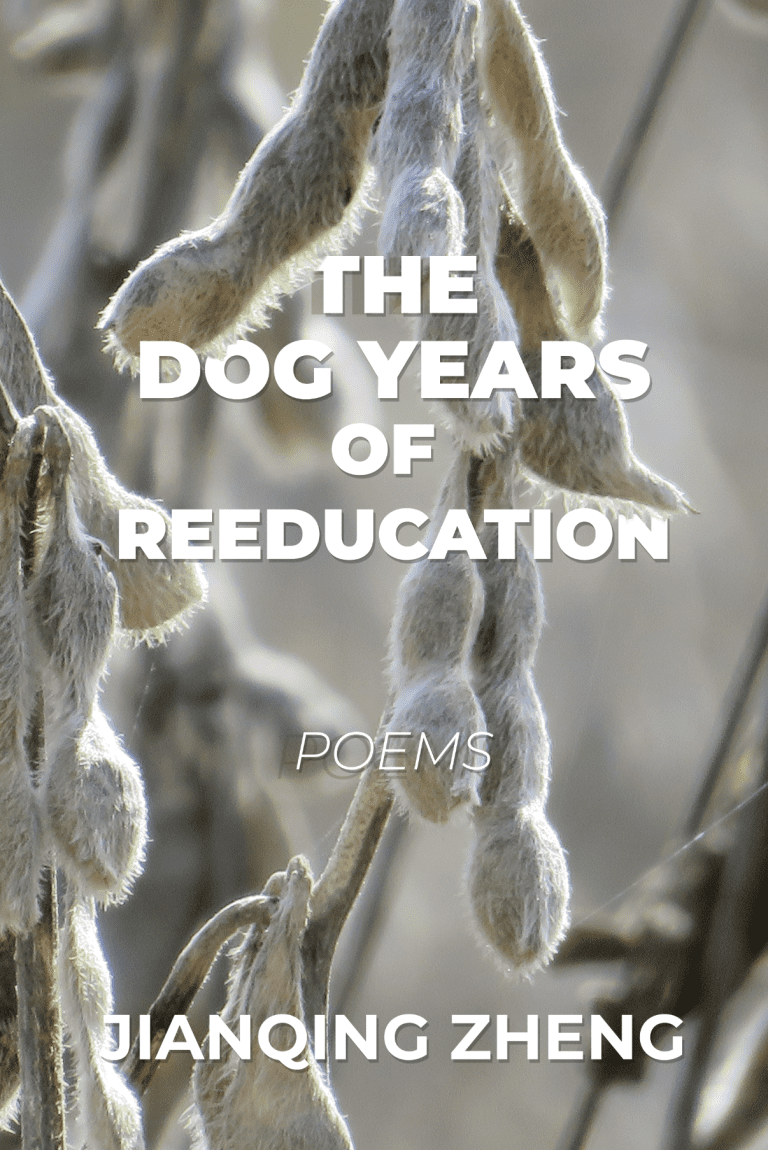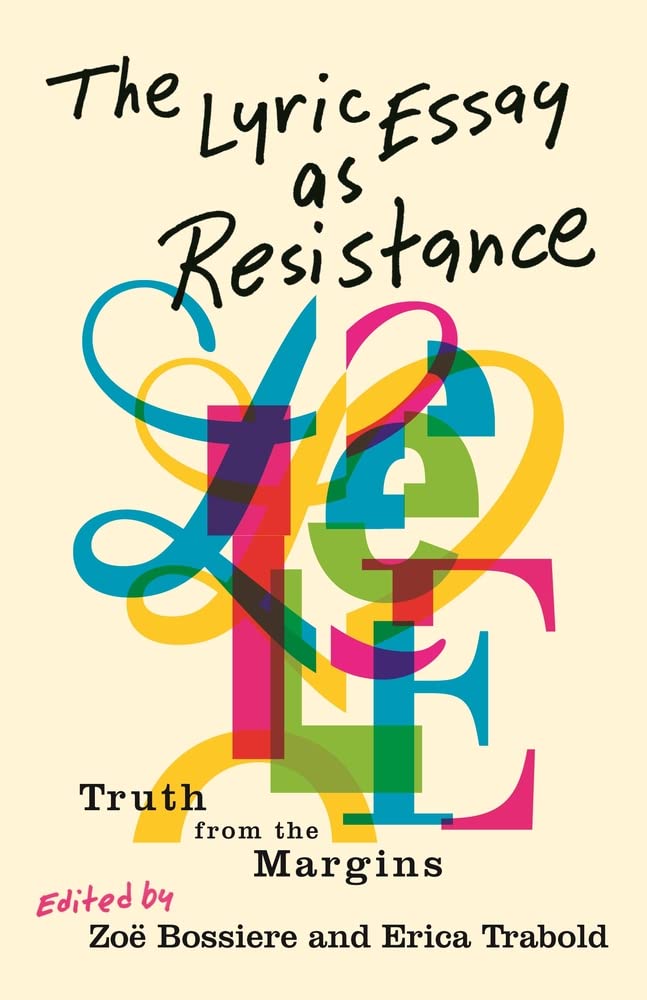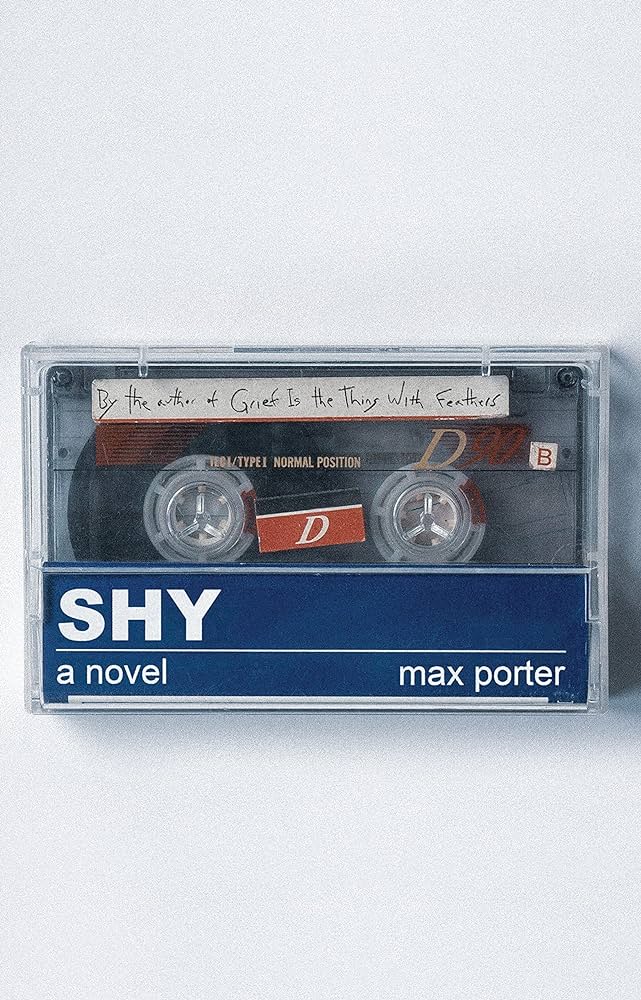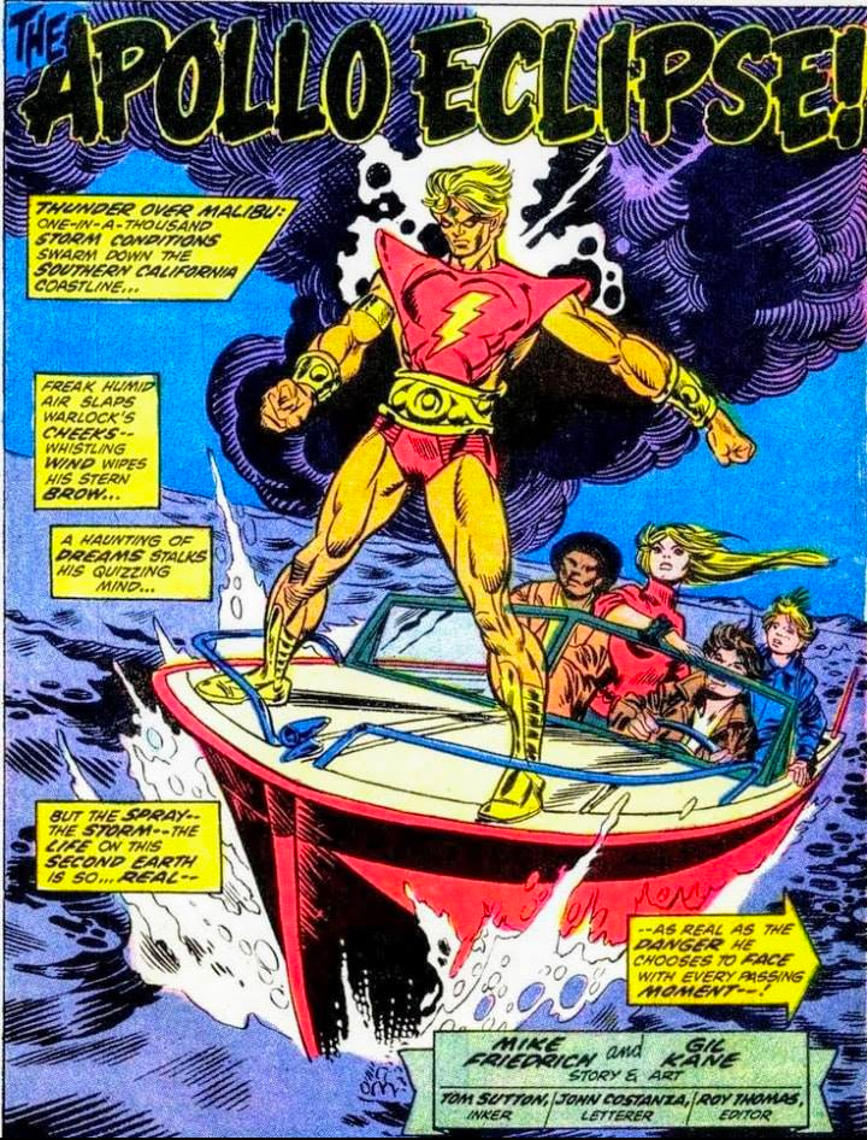by John Wisniewski
Jim Feast is the author of several collections of poetry and a founding member of the Unbearables, an action-oriented literary group based in New York City that has also produced several anthologies, including From Somewhere to Nowhere: The End of the American Dream (Autonomedia, 2017). Feast has edited seven books by Ralph Nader and worked with legendary publisher Barney Rosset on his autobiography. His new novel Karl Marx Private Eye (PM Press, $16.95) pairs a teenage Sherlock Holmes with Marx and his daughter Eleanor as they work to solve a series of murders. He lives in Brooklyn, NY, with his wife Nhi Chung.
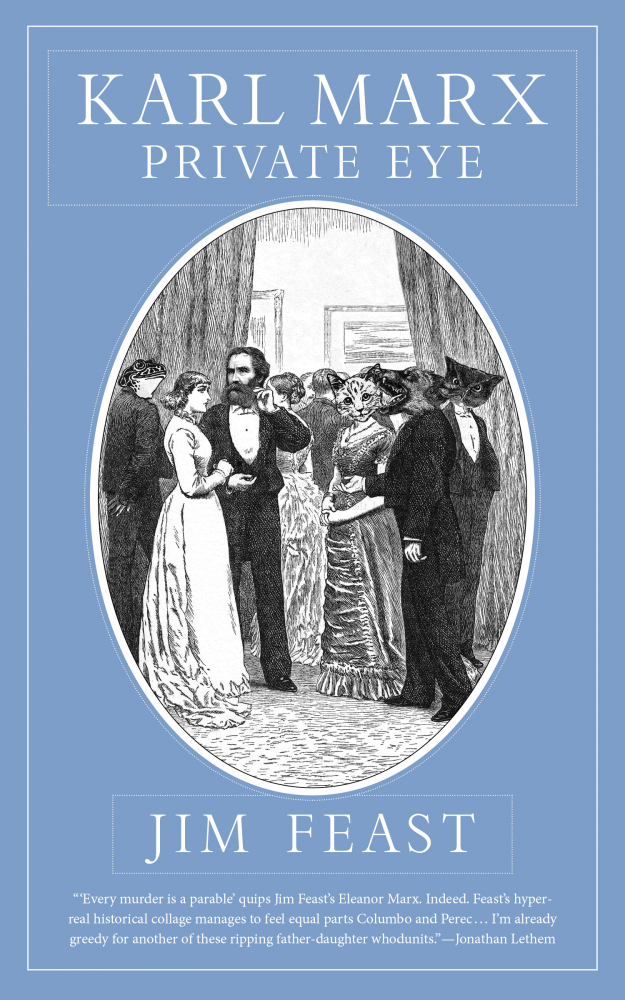
John Wisniewski: Why did you want to write a mystery with Karl Marx as the main character?
Jim Feast: I can give the question two answers, since the book was done twice. In 1985, I finished a version of the book and gave it to agent Susan Protter, who tried unsuccessfully to interest publishers. Thirty years later, I rewrote the book from scratch.
I went to college in Chicago in the 1970s, which suggests why I first gravitated to making Marx a protagonist. In this time of campus upheaval over civil rights and the Vietnam War, many were consulting Marx and Bakunin for answers. Moreover, many of Chicago’s literary giants were political activists, like Gwendolyn Brooks and Upton Sinclair, if not outright Communist Party members, like Richard Wright and James T. Farrell. On top of that, my poet friend Jerome Sala introduced me into the Boho circle around painter Lady Bunny, which included activists like Eddie Balchowsky, who had lost an arm in the Spanish Civil War and kept alive memories of previous anti-rightist battles.
My wife, Nhi Chung, and I agreed that after we quit working, we would finish long-shelved literary projects. Once retirement came, she wrote her memoir Among the Boat People, about her escape from Vietnam and how she eventually reconciled herself to the past. After her book was published, I told her, “Now I’ll write my Vietnam novel.”
That’s only metaphorically true, in the sense that as her book deals with the aftermath of the Vietnam War, my mystery turns on the aftermath of the 1871 fall of the Paris Commune. The Commune occurred when there was a temporary working-class takeover of the city, which ended in a bloodbath. While Marx is labelled as one who believed in the inevitable coming of a Communist society, after the Paris defeat, he lost much of his optimism about historical progress and began to entertain Russian anarchist ideas—including, as his collaborator Engels put it, the idea that once the communist revolution was accomplished, humans might drop industrialization and return to societies practicing the mutual aid of the Russian mir.
JW: That’s all fascinating. And what inspired you to write this novel as a mystery?
JF: Having worked as a union organizer in Chicago and a housing organizer on New York City’s Lower East Side, I came to see the world as divided between haves and have-nots. I was attracted to American authors writing between the wars, such as Katherine Anne Porter and Claude McKay, who crafted a literature using the principles of the have-nots. While they wrote serious literature, I wondered whether their principles could be applied to genre fiction.
First principle: It is a sociological truism that the elite believe in individualism, in lone heroes like Phillip Marlowe, while the lower classes believe in collectivism, in the solidarity and group effort found, for instance, in unions, progressive churches, and feminist consciousness-raising circles. So, as I saw it, a have-not mystery must allow its detectives to be a collective—a bunch of characters conferring, making individual moves, and conferring again.
Second principle: Underclass literature must seize the themes, characters and plots presented by the elite and reconfigure them with mischievous vitality. To think of musical examples, between the wars, groups under the batons of Henderson, Ellington, and Chicago’s own Jimmie Noone took the stale tunes of Tin Pan Alley and remade them as vehicles for rollicking, free-spirited, collective improvisation. That’s something I think can also be worked through in genre literature.
In KMPE, I remake the figure of Sherlock Holmes, who in Doyle is an errant reactionary. As an example of this, remember that in the final Holmes novel, The Valley of Fear, Holmes hunts down a secret society who come to England for revenge on a retired Pinkerton agent who exposed a wicked U.S. labor union, one Doyle modeled on the Molly McGuires. Here Holmes adopts the common (and self-serving) conservative idea that labor unions are nothing but conspiracies devised to fleece the workers and blackmail honest employers. Further, as the poststructuralist Catherine Belsey noted in Critical Practice (Routledge, 2002), Holmes has a major blind spot around women, who to him are indecipherable enigmas even his scientific method can’t fathom. Again, Holmes takes up the conservative stereotype of women as mysterious beings. So in my book, Holmes is reconfigured as a coltish youth who is led by Eleanor Marx to see the errors in the conservative stereotypes affixed to socialism and women.
JW: Who are some of your favorite authors and poets?
JF: The third principle of have-not genre fiction was developed to perfection by my favorite author, Chester Himes. In his mysteries, Himes shows that you find the solutions to crimes not by chasing individual villains but by examining social movements, which are the real motor forces of history. In Cotton Comes to Harlem (Putnam, 1965), for instance, there are two counterposed movements: a group led by Black minister Reverend Deke O’Malley calling for Black Harlemites to return to Africa, and the Back to the Southland group led by white Kentucky colonel Robert Calhoun, who urges the same people to return to cotton plantations where, he claims, conditions have miraculously improved. It is by delving into these movements that Coffin Ed and Gravedigger Jones break the case. In KMPE, solving the crime involves studying the Serbian independence movement and the actions of a group of displaced Communards.
Of course, you might ask: What’s the point of trying to refashion genres in a way that embodies have-not values? If as a working conjecture, we say that in the future the human world doesn’t disappear in an ecological collapse, the only alternative is mass democratization, which includes in its sweep family relations, cooperative workplaces and government. As Jane Addams puts it, “In a democratic society nothing can be achieved save through the masses of people.”
While such a society is being born, writers can contribute to it by making clear its guiding principles. This is a collective task in which multiple writers in multiple groupings are engaged. I might mention, for instance, those associated with PM Press, such as Michael Moorcock, Cara Hoffman, Allan Kausch, Marge Piercy, and Jonathan Lethem; those connected to Fifth Estate magazine, such as Sylvia Kasdan, Peter Werbe, Jack Bratich, and the late Peter Lamborn Wilson; writers in the Chicago Surrealist group such as Penelope Rosemont, Nancy Joyce Peters, and the late Jayne Cortez and Franklin Rosemont; or those associated with the group with which I am affiliated, the Unbearables, which includes such creators as Bonny Finberg, Yuko Otomo, Carl Watson, Wanda Phipps, Ron Kolm, Jose Padua, Kevin Riordan, and Carol Wierzbicki. These writers are working out a literature that upholds the principles of the have-nots, which include collectivism, a play with and traducing of desiccated elite symbols, tropes and rhythms, and the creating of artistic landscapes governed by the play of social movements.
JW: You wrote a collection of love poems to your wife, Nhi Chung. What was that like to write?
JF: I met Nhi in the early 1980s. For years, I had been slowly and laboriously producing poetry, but now, something new: I would be walking down the street when suddenly, a complete poem about Nhi would appear in my mind. These weren’t love poems. How could they be when we were both married to other people? However, two years after we met, we had broken up with our spouses and were living together as we are today.
Nhi, who had come as an immigrant from Southeast Asia in 1980, knew little of American culture, but I knew even less about the Chinese world. Chinese culture (or better, Cantonese culture), as far as Nhi is representative, is more sensual than American culture. It’s something I found in the deftness, precision, and fluidity of Nhi’s gestures, which appeared so graphically when she cleared away our living room furniture to practice tai chi. And it was in the music of the Cantonese language with its nine tones. To my mind, when Nhi speaks English, she has a complexity of emotional nuance in her voice that an English-only speaker like myself (without the tonal background) cannot achieve.
It wasn’t only Nhi that was so loveable; so also were aspects of Chinese culture she introduced me to. In New York City’s Chinatown in the 1980s and ’90s, there were four theaters showing Hong Kong films, which we attended almost every week. The best HK film noirs—none of which played in American cinemas—had a tartness and a view of corruption that was unflinching and invigorating. Take Arrest the Restless: A cop brings in a man who has brutally killed a prostitute. The police chief calls him to his office for a dressing down. “How dare you arrest the son of one of HK’s leading tycoons?” The killer is released, and the cop demoted. And there was a blinding originality in plotting. In Web of Deception, a woman is shot and it is thought killed. The killer doesn’t know the dead woman had a twin sister who just got out of prison and now takes on the dead woman’s role in a nail-biting masquerade.
It was the hard-nosed suspicion of authority and exuberant creativity in this HK noir that curved my writing toward crime fiction. As it was Nhi’s cosmopolitanism (evident in her speaking four languages), her questing intelligence, open-hearted generosity, and the abiding grace of her movements and conversation that has made our shared life so many-sided and adventure-tinged.
JW: Does writing come easily to you?
JF: Writing was difficult for me when I was starting out, but in the 1980s, Dan Simon of Seven Stories Press hired me to ghostwrite health and political books. Eventually I had ten under my belt, written to deadline, and I could pound out pages like the classic science fiction authors.
I was also editing. The most interesting assignment I had was helping Barney Rosset with his autobiography. Unfortunately for the speed of the project, Rosset was easily dissatisfied. After we’d spent the day painstakingly finishing a chapter, he’d get up in the middle of night and start revising, and when I came back the next day, he had thrown out all we had done. I felt like I was in The Odyssey, working for Penelope.
JW: Could you tell us about Help Yourself (Autonomedia, 2002) and Cool My Daisy (Appearances, 1998)?
JF: Help Yourself is an anthology of writings by the Unbearables literary group, which I edited with Ron Kolm and Alfred Vitale. Cool My Daisy is a tale I wrote about Rollo Whitehead, who is one of the imaginary characters, such as Tess Ventricle, Yoko Snapple, and Man Mountain McBrain, that the Unbearables created as fake, rowdy precursors.
Our group was founded in the late 1980s to battle literary stuffed shirts and engage in the type of madcap adventures recommended by one of our founders, Peter Lamborn Wilson, in his book T.A.Z. (Autonomedia, 1991). As an example of the former, we protested against the commodification of the Beats at the 1995 NYU Kerouac Conference, offering an alternative tour to the pricey one given by the college in which we promised, as Sparrow put it, ”to show you where Jack Kerouac bought his kitty litter.” As part of that protest, we held a Kerouac impersonator contest, which drew a lot of what bart plantenga called “wannabeats,” who found that to compete, they not only had to read a heartfelt poem, but also panhandle the audience in good old Beat fashion.
As to the latter, for ten years, led by Tsuarah Litzky, we did September readings with an erotic orientation on the Brooklyn Bridge, not in a bunch but spread out over the span, reading simultaneously, presenting an aural topography to passersby. In another event, this one organized by artist Shalom, rooted in the fact that we thought writers couldn’t appreciate visual art unless it was explained in words, Unbearable writers were blindfolded and led around the Whitney Museum while their artist guides described what they saw—that is, until we were booted out by security guards.
Our readings could take unusual tacks. In our séance reading, complete with a smoke machine, we channeled the spirits of dead authors. Lorraine Schein evoked Sylvia Plath while wearing a cardboard stove on her head. Tuli Kupferberg appeared as Karl Marx from beyond the grave. (The whole session can be found in Joe Maynard’s Beet Magazine, issue 9).
At our Unbearables initiation reading, we claimed aspirants, following in the footsteps of our imagined auto mechanic founder Whitehead, were stripped naked and put in a locked room with a pen, paper, a ball peen hammer, and a dented fender. At dawn, they had to emerge with a reconditioned fender and a poetic masterpiece. At the night’s high point, Sharon Mesmer stood on stage, swinging a censor and reciting the sacred syllables, “A, E, I, O, U” while initiate Jose Padua, who has since become a very moderate drinker but who that evening had a few too many, lay asleep on the stage floor. Classic Unbearables scene.
JW: Any future plans and projects, Jim?
JF: I have published two volumes of a trilogy about a literary group who get involved in solving mysteries—Neo Phobe and Long Day, Counting Tomorrow, both from Autonomedia—so I hope to do volume three. Working with new members Jason Gallagher and Gabriel Don, we revived the Brooklyn Bridge reading for one try. I wish we could do it again. Alfred Vitale caught the spirit of the event in a flyer: “Present this to any of the Unbearables reading on the bridge. Upon seeing this page, they will psychically shoot a burst of lust into your soul … you are then requested to embody that lust for the remainder of our trip across. Dance wildly around the walkway with strangers. Sing love songs to anyone … Run off the bridge streaking the parking lot at City Hall shouting, ‘I am the walrus’ or ‘Viva Las Vegas.’ Have an erotic time.”




